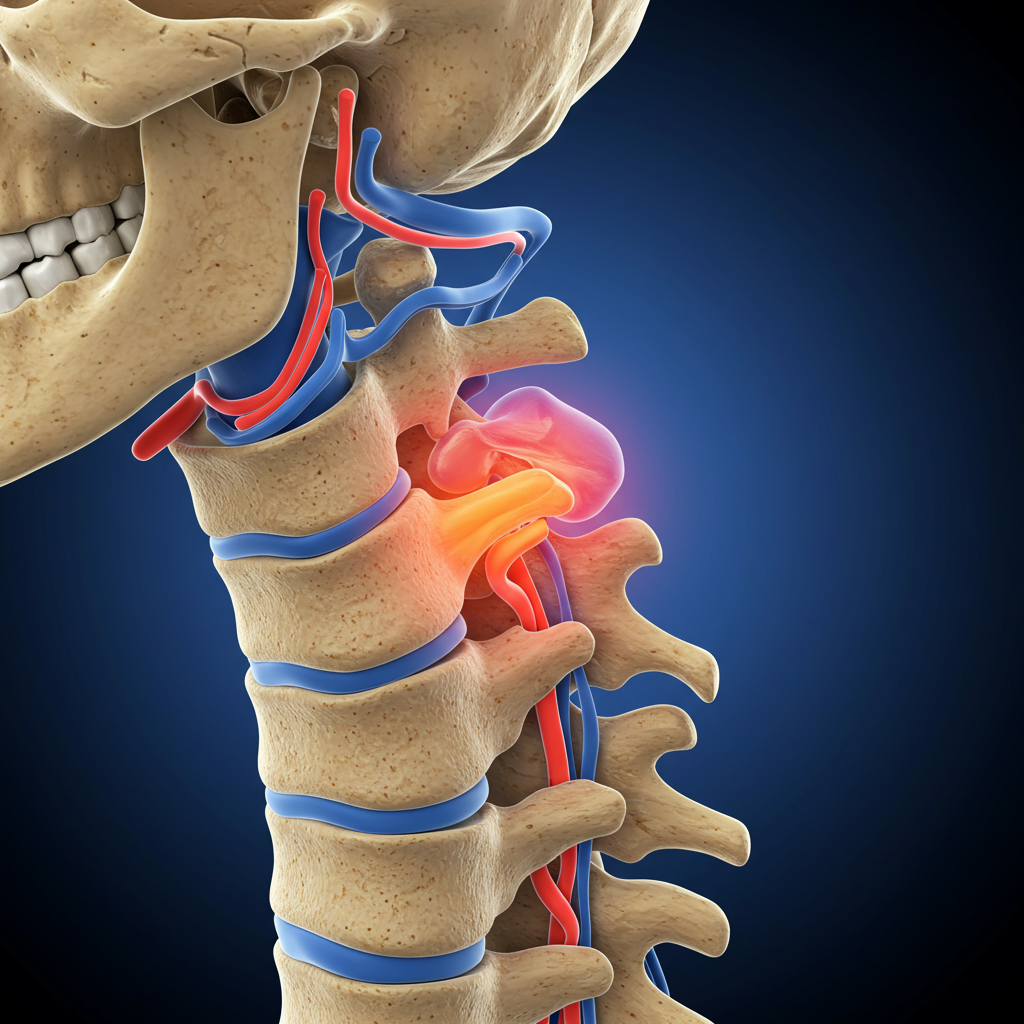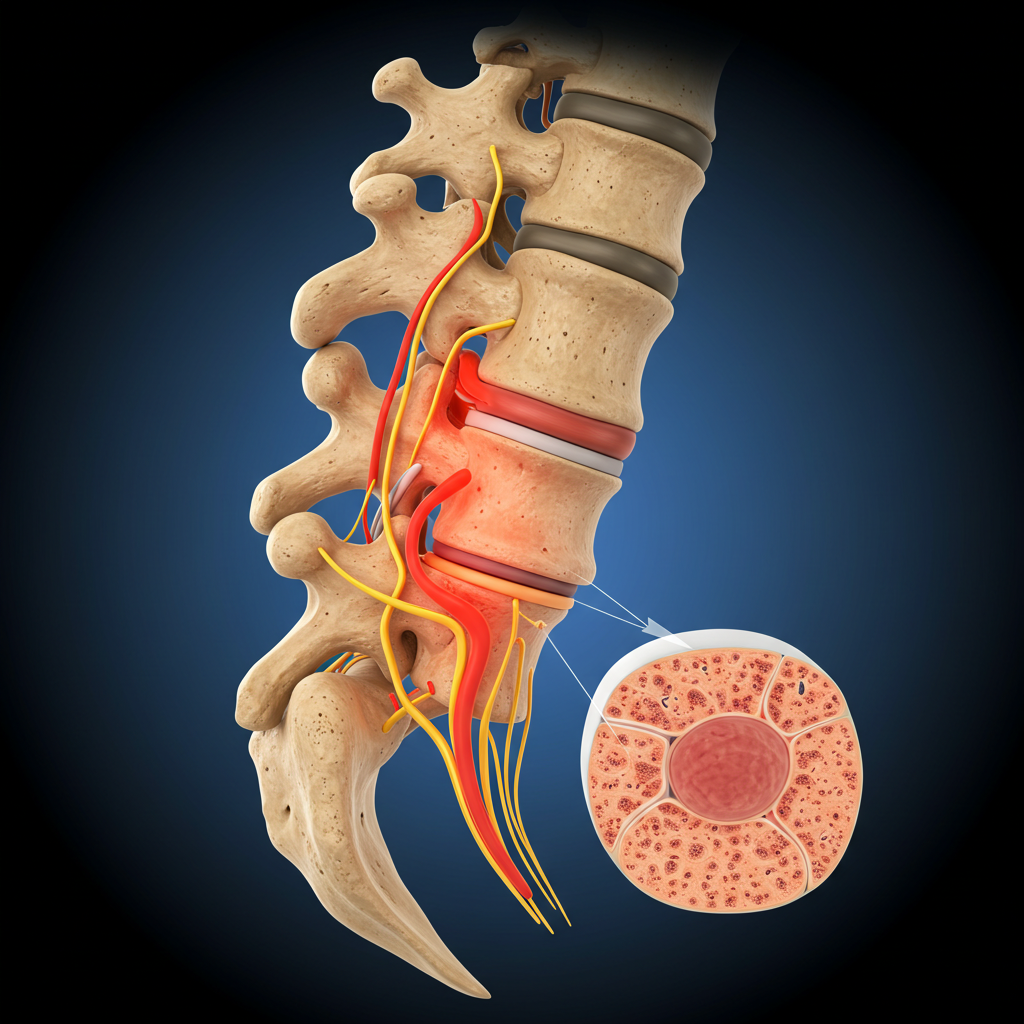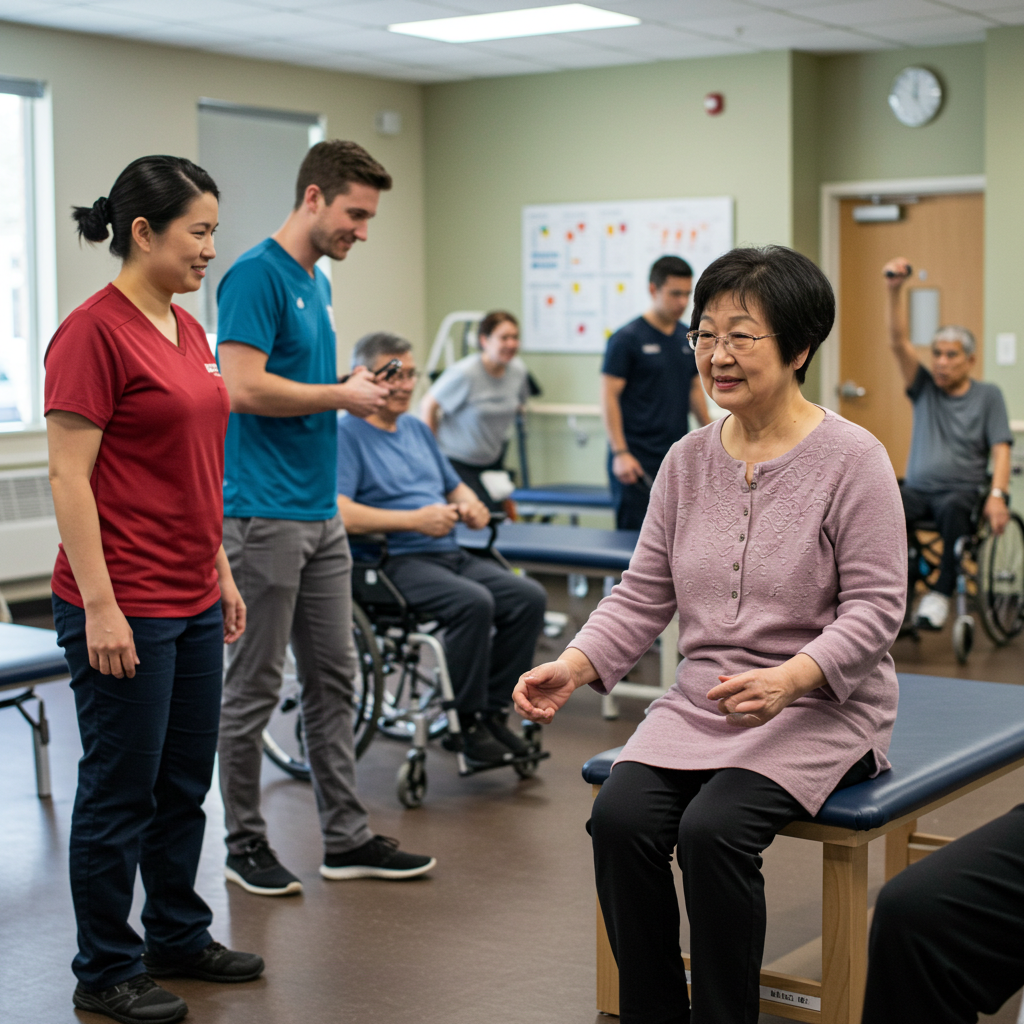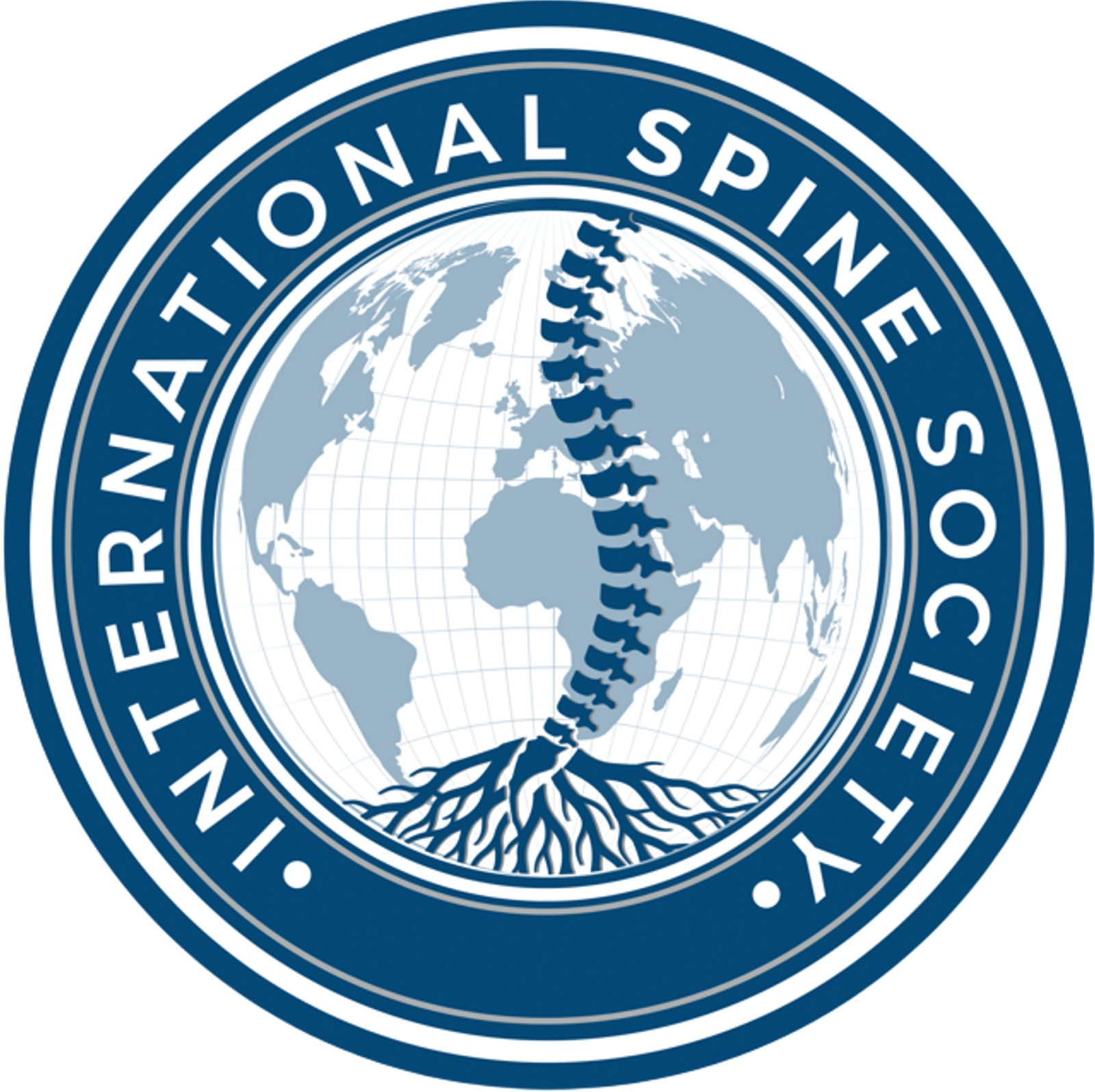
Back Pain
Back pain is one of the most common musculoskeletal problems, affecting nearly 80% of people at some point in their lives, and about half experience at least one episode each year. For more information, please click the button below.

Cervical Pain
Cervical pain, also known as neck pain, is a common issue caused by muscle strain, poor posture, or spinal degeneration. It can lead to stiffness, headaches, and reduced neck mobility. While most cases are mild and improve with rest and exercise, persistent pain may require medical evaluation. For more information, please click the button below.

Herniated Disc
A herniated disc occurs when the soft inner material of a spinal disc pushes through its outer layer, often compressing nearby nerves. This can cause pain, numbness, or weakness in the back, arms, or legs depending on the location. Early diagnosis and proper management help prevent long-term complications. For more information, please click the button below.

Spinal Stenosis
Spinal stenosis is the narrowing of the spaces within your spine, which puts pressure on the spinal cord and nerves. It commonly affects older adults and can cause pain, tingling, or weakness in the back and limbs. Treatment may include physical therapy, medications, or surgical options depending on severity. For more information, please click the button below.

Scoliosis
Scoliosis is a condition in which the spine curves sideways, often developing during growth spurts in adolescence. While mild cases may not cause major problems, severe curvatures can affect posture and breathing. Regular monitoring and proper treatment can help manage progression effectively. For more information, please click the button below.

Rehabilitations
Rehabilitation focuses on restoring movement, strength, and function after spinal injuries, surgeries, or chronic conditions. It includes physical therapy, exercise programs, and pain management strategies tailored to each patient’s needs. Consistent rehabilitation plays a vital role in recovery and long-term well-being. For more information, please click the button below.
Frequently Asked Questions
If your back pain lasts more than a few weeks, spreads down your legs, or is accompanied by numbness, weakness, or loss of bladder control, you should consult a doctor immediately.
